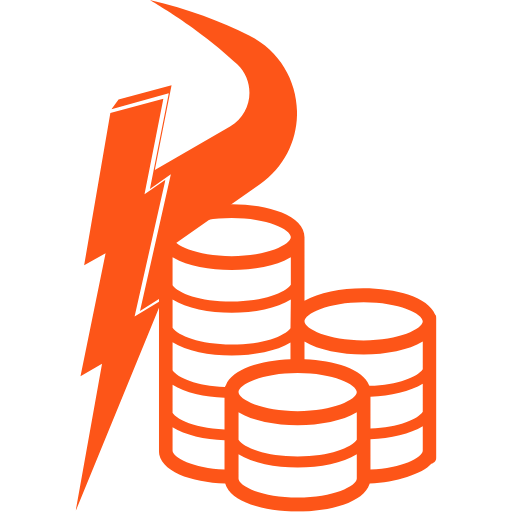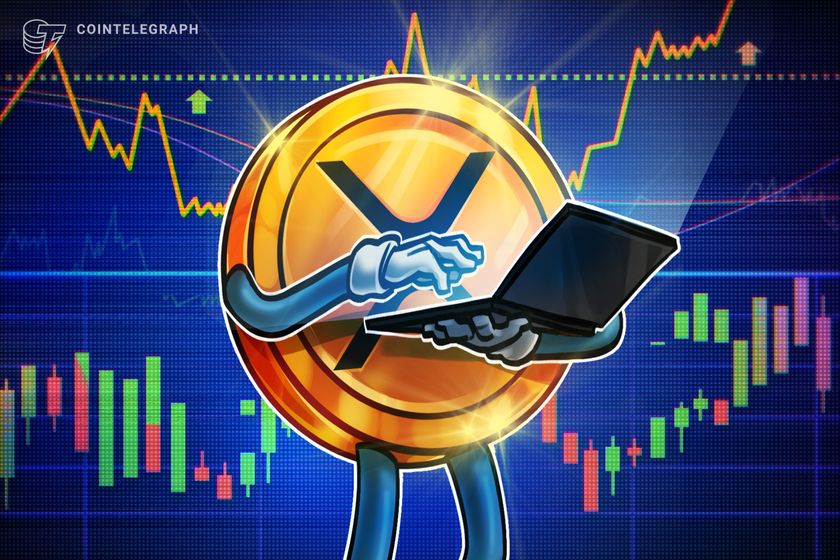Trendspotting in Crypto: Finding the Next Big Thing
The crypto market is a crowded and rapidly evolving space, but some investors consistently identify promising projects early on. These trendspotters understand on-chain data, tokenomics, and development activity, allowing them to spot opportunities before the hype sets in. This guide explores how to find crypto projects with real potential, drawing lessons from past successes like Solana, Arbitrum, Chainlink, and even memecoins like Pepe. As reported by Cointelegraph, the key is to look beyond the noise and focus on real signals.
How Past Winners Took Off
Solana
Solana gained traction in 2020 due to its speed, thanks to its proof-of-history technology. This attracted developers, especially in DeFi and NFTs, leading to an ecosystem boom by 2021. Early adopters who monitored on-chain growth saw the potential, with Solana’s (SOL) price rising from under $1 to over $50 in a year.
Arbitrum
Arbitrum, an Ethereum layer 2 solution, had its breakthrough with the ARB token airdrop in March 2023. Even before the token launch, Arbitrum processed more transactions than many layer 1s and had billions in total value locked (TVL) in decentralized applications (DApps). This strong foundation contributed to the pump’s sustainability after the ARB token was released.
Chainlink
Chainlink stands out as a project with long-term utility, providing real-world data to smart contracts. By 2024, it became crucial for DeFi, gaming, and tokenized real-world assets. Those who followed Chainlink’s (LINK) integrations in 2019-2020 recognized its potential before the price reflected its value.
PEPE Coin
PEPE, a memecoin launched in 2023, achieved a billion-dollar market cap within weeks despite lacking a roadmap or utility. This success, though rare and risky, demonstrated the power of social sentiment and community activity.
Finding Crypto Gems Early
To distinguish the next Solana from a potential rug pull, consider these approaches:
1. On-Chain Metrics
Analyze public blockchain data, including:
- Daily active wallets
- Transaction volume
- Tokenholder growth
- Liquidity on decentralized exchanges (DEXs)
- TVL (for DeFi projects)
Tools like Dune Analytics, Nansen, and DefiLlama can help you track these metrics.
2. Tokenomics
Evaluate the token’s supply, distribution, and utility:
- What’s the total supply? How much is circulating?
- Are there upcoming unlocks or vesting cliffs?
- Who holds the tokens, and how concentrated are the top wallets?
- Is there utility? Does the token do anything?
Tokens with capped supply, smart incentives, and fair distribution tend to perform better.
3. Developer Activity
Assess the project’s development activity on GitHub. Look for frequent code updates, active contributors, and recent releases. A lack of updates can be a red flag.
4. Ecosystem Signals
Check if other developers are building on top of the project, if DApps are launching, and if liquidity and user engagement are growing. Ecosystem growth indicates a project’s viability.
5. Community Engagement
Monitor social platforms like X, Discord, Telegram, and Reddit. Look for genuine product usage, developer responsiveness, and constructive discussions. Tools like LunarCrush and Santiment can help track social momentum, but always verify with on-chain data.
Conclusion
Identifying promising crypto projects early requires a combination of data analysis, technical understanding, and community awareness. By focusing on on-chain metrics, tokenomics, developer activity, ecosystem growth, and community engagement, investors can increase their chances of finding the next big thing in the crypto space. This comes just as Bitcoin and Ethereum are facing increased regulatory scrutiny, making fundamental analysis even more critical.
Source: Cointelegraph
Disclaimer
The information provided in this article is for informational purposes only and does not constitute financial advice. All news content is sourced from trusted platforms like Cointelegraph, Bitcoinist, and our own writers written with added value, editorial insights and reviews by our team. Always do your own research before making any investment decisions.



